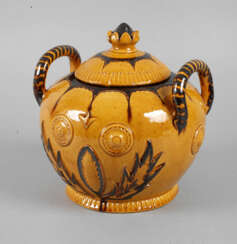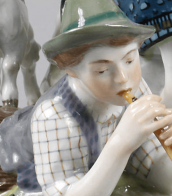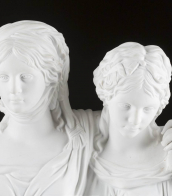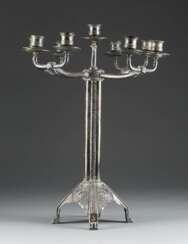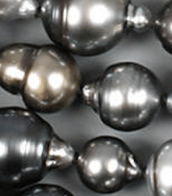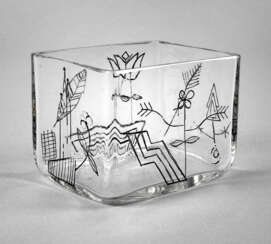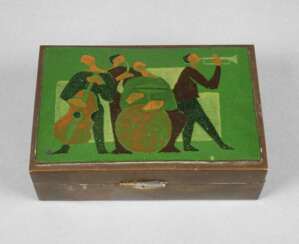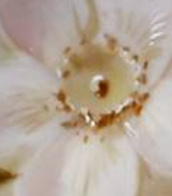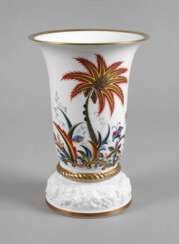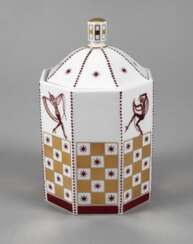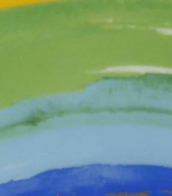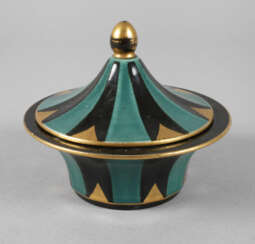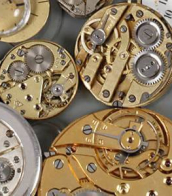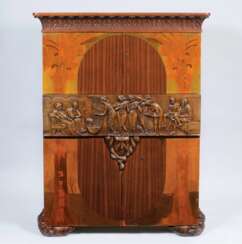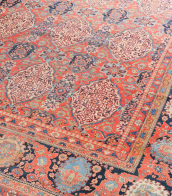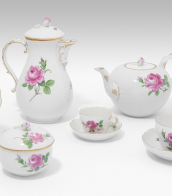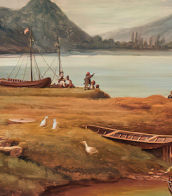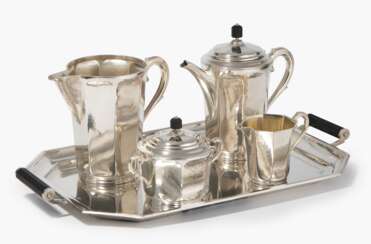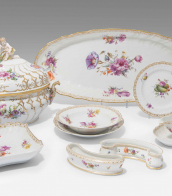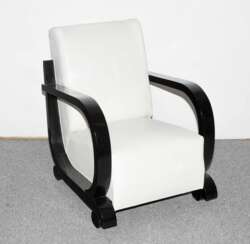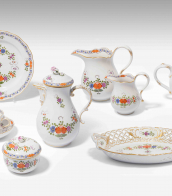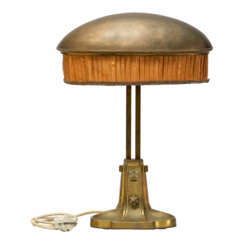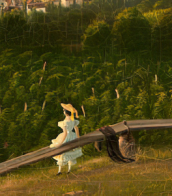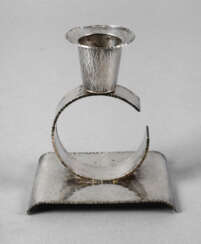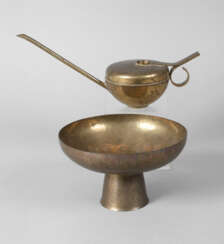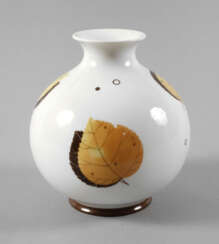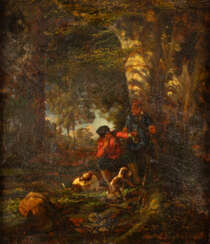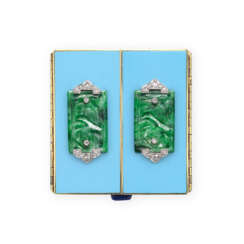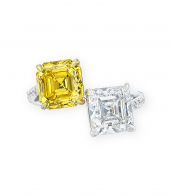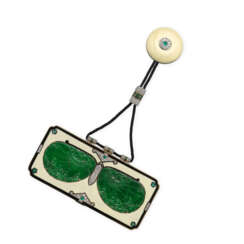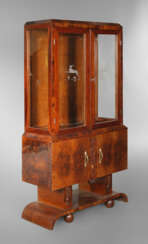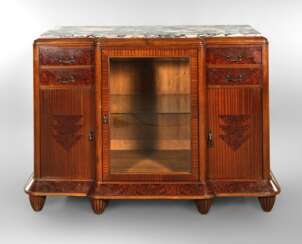art d&
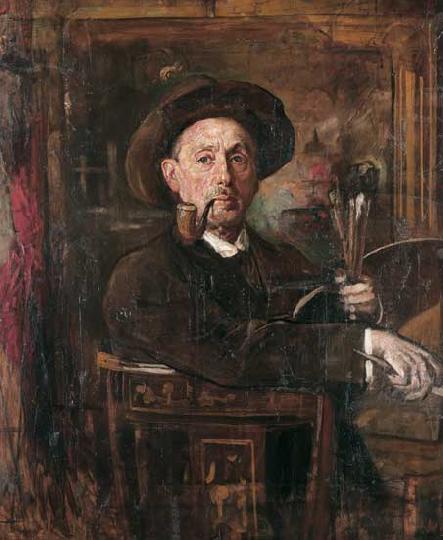
Gyula Tornai, born Groszmann, was a Hungarian orientalist painter.
He received his artistic education at academies in Vienna, Munich and at the Benchur workshops in Budapest, where he studied under Hans Makart and Gyula Benchur. Then Tornai spent 10 years in Morocco and Tangier, traveling also in Spain, Algeria, observing the life of the peoples of these countries. During these years, the artist painted many paintings depicting street life, merchants, musicians and harems. In 1900 he exhibited his paintings at the World Exhibition in Paris with great success.
After 1905, Tornai traveled to India and Japan, where he was able to study customs, Buddhism and Shintoism in detail, which was rare for Europeans. Gyula Tornai had a keen observation and many of his paintings are painted with irony and humor. The Hungarian artist has a well-deserved reputation as a connoisseur of the Orient.
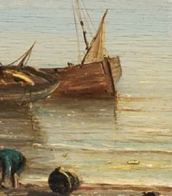
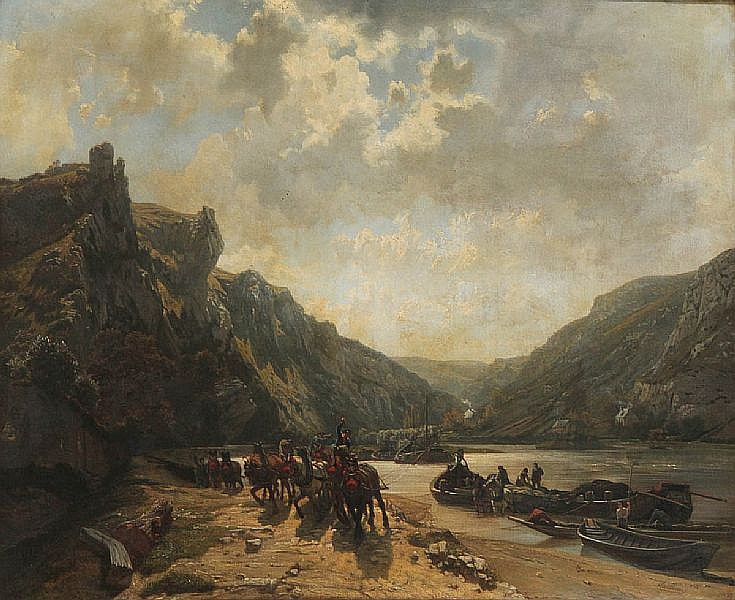
Martinus Antonius Kuytenbrouwer the Younger was a 19th-century Dutch animalist painter, landscape painter and graphic artist. A court painter for Napoleon III, he was active in Brussels from 1849 to 1860.
The artist's creative legacy is held in museums in Brussels and Rotterdam.

